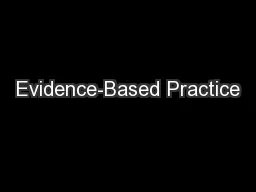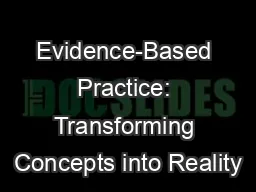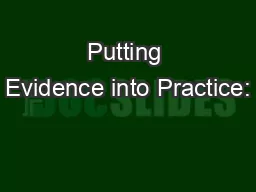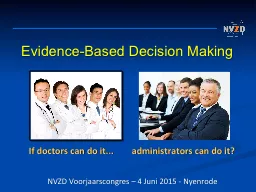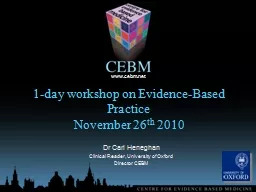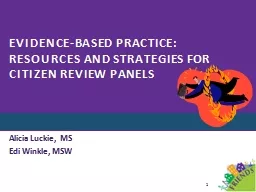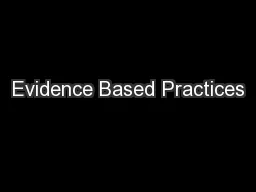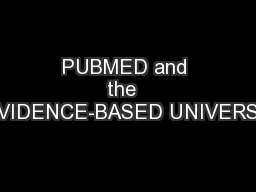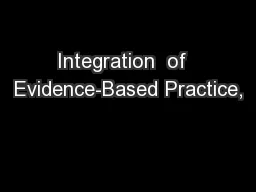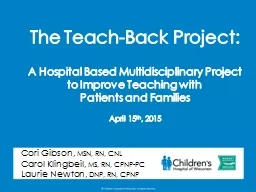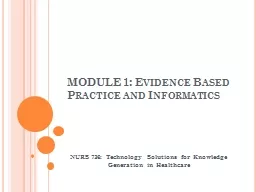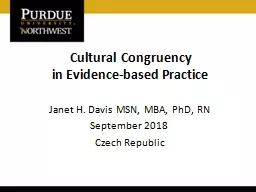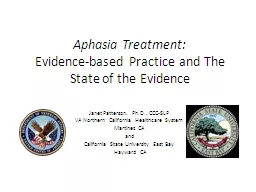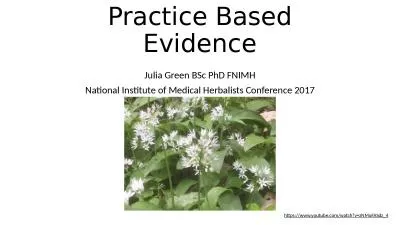PPT-Evidence-Based Practice
Author : marina-yarberry | Published Date : 2016-02-20
Lunchbijeenkomst 14 maart 2013 HBO Universiteit Post Grad EMBA Business Schools Wat moet een student in de praktijk straks kunnen zelf onderzoek doen onderzoek
Presentation Embed Code
Download Presentation
Download Presentation The PPT/PDF document "Evidence-Based Practice" is the property of its rightful owner. Permission is granted to download and print the materials on this website for personal, non-commercial use only, and to display it on your personal computer provided you do not modify the materials and that you retain all copyright notices contained in the materials. By downloading content from our website, you accept the terms of this agreement.
Evidence-Based Practice: Transcript
Download Rules Of Document
"Evidence-Based Practice"The content belongs to its owner. You may download and print it for personal use, without modification, and keep all copyright notices. By downloading, you agree to these terms.
Related Documents

